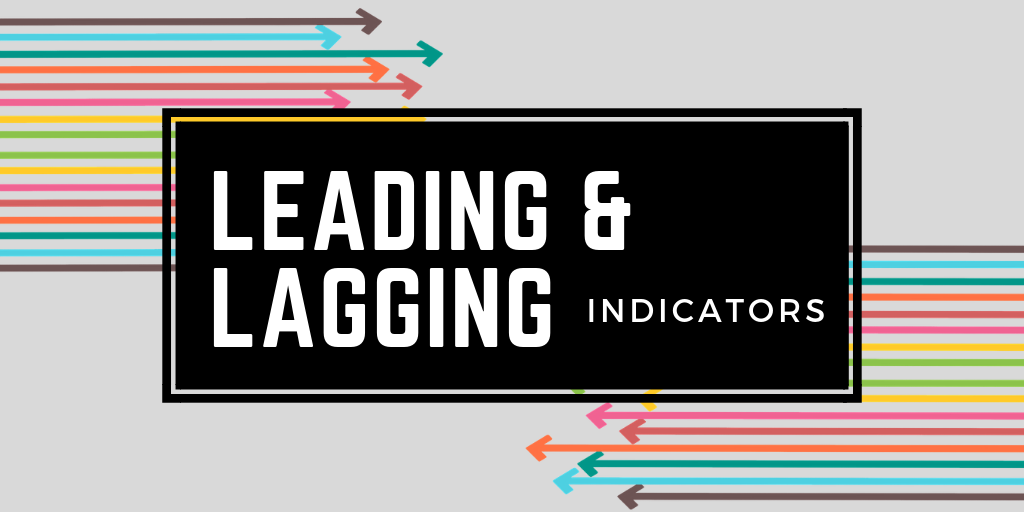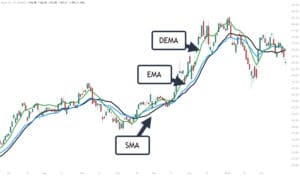Popular chart indications were discussed in the other contents. We should gain knowledge about leading vs lagging indicators. As have discussed many tools. We have discussed tools that can assist you in analyzing prospective trending and range-bound trade opportunities.
We’ll streamline your use of these chart markers in this session.
We want you to know everything. You need to know about tools that can figure out which ones work for you and which ones don’t.
Let’s start with the fundamentals. We should know the difference and benefits of Leading vs lagging indicators.
A leading indicator signals the start of a new trend or reversal before it happens.
These indicators assist you in making money by forecasting future price movements.
Leading indicators are often used to determine whether something is “overbought” or “oversold.”
This is based on the belief that if a currency pair is “oversold,” it will recover.

A lagging indicator sends out a signal after a trend has begun.
When prices move in relatively lengthy trends, lagging indicators perform well.
However, they do not warn you of impending price changes. Rather, they just inform you of what prices are doing (increasing or falling) so that you can trade accordingly.
If the leading indicator was correct 100% of the time, you’d “catch” the full trend every time. However, this will not be the case.
There will be a lot of fakeouts if you employ leading indicators. Leading indicators are famous for sending false indications that might “lead” you astray.
Is that clear? Leading signs that “leave you in the dark”?
Haha. We’re so amusing that we’re laughing at ourselves.
Another method is to employ lagging indicators. These are less likely to generate false signals.

After the price movement’s formation, a trend does a lag indicator issue a signal. The disadvantage is that you’d be a little late in applying for jobs.
The major events are frequently the most important.
Because the majority of a trend’s profits occur in the first few bars. They utilize a lagging indicator. As a result, you may miss out on a significant portion of the profit. And that’s a bummer.
It’s like believing you’re so cool and hip with fashion in the 1980s. Because you’re wearing bell-bottoms…
It’s like finding Facebook for the first time when all of your pals are already on TikTok…
When the iPhone 11 Pro came in the market, it was like getting enthusiastic about getting a new flip phone that now takes photos…
You purchase and sell late with lagging indicators. However, they dramatically lower your risk by putting you on the right side of the market in exchange for missing any early possibilities.
Let’s classify all of our technical indicators into one of two categories for the sake of this lesson:
- Leading indicators or oscillators
- Lagging or trend-following indicators
In sideways markets, lagging indicators are useless.
But do you know what does? Leading indications, to be sure!
Yes, in sideways or “ranging” markets, leading indicators perform best.
When trading in trending markets, you should use trailing indicators. In the same way, when trading in sideways markets, you should use leading indicators.
We’re not suggesting that you should select one exclusively. But you should be aware of the risks. There is a risk between Leading vs Lagging Indicators.
Looking for a highly rated forex fund manager?
Fx Pips Guru has a strong group of forex experts who are managing forex accounts of our clients from different brokers dedicatedly. Just hire our forex fund managers here: https://www.fxpipsguru.com/forex-fund-manager/.




